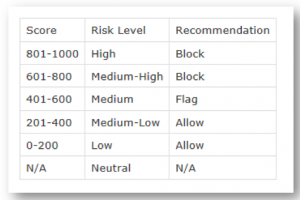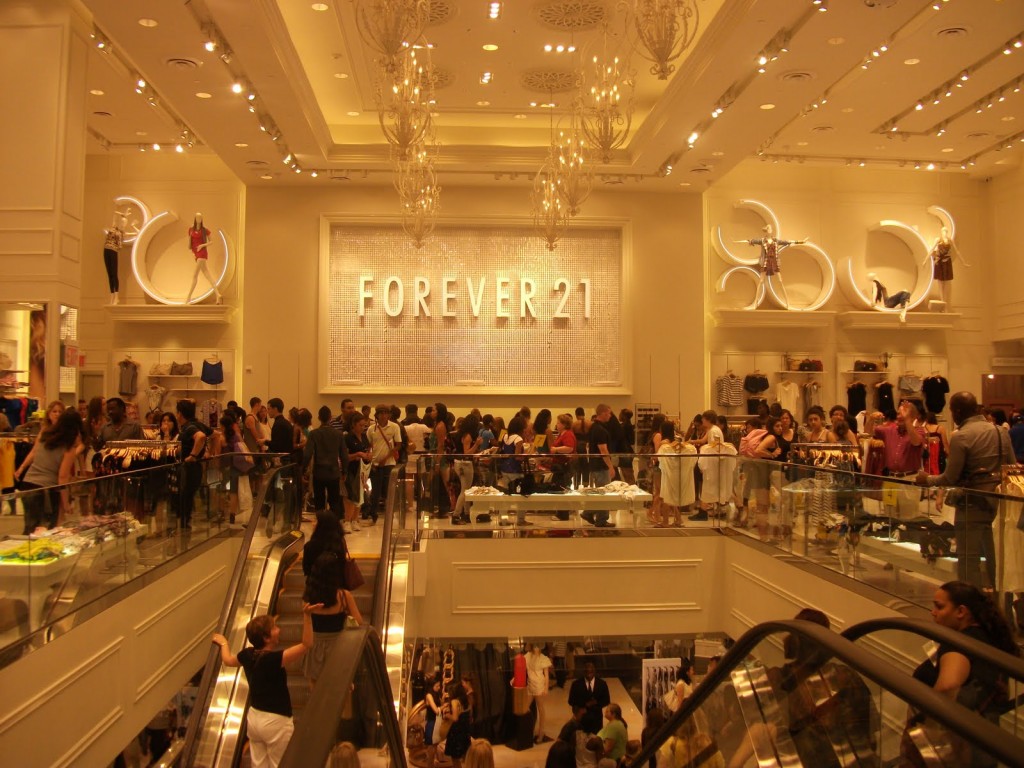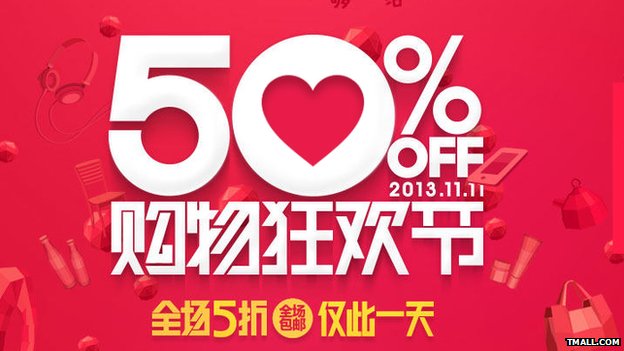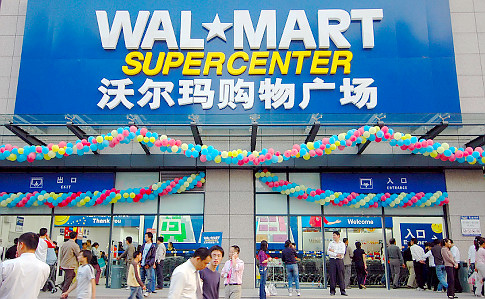Entrepreneurship can begin with “imagine living in the future, and find out what’s missing”. Conveniently, Google has done that for us, and all they lack is an entrepreneur. Google Executive Chairman Eric Schmidt discusses technology of tomorrow.
We have previously established Google as a company that utilizes IT to gather information regarding its customers and makes strategic decisions based on this information. Google knows its customers. It knows what they want now, and can easily predict what will be wanted a few years down the line. Google is exhibiting the concept of “living in the future and finding out what’s missing”.
However, this is not the only part where IT comes into play. In order for Google’s automated products to accurately serve its users, it needs accurate information. The example raised in the interview clip is a screen informing its user that he can spend an extra 30 minutes in bed because of good traffic condition. Google’s power as a search engine is perfect for meeting this essential requirement.
The development of technology and the IT sector has allowed the impossible to be materialized. Just as Cole said in class, 50% of the jobs we will undertake when we graduate do not exist today. So, who knows what will happen in the future?








